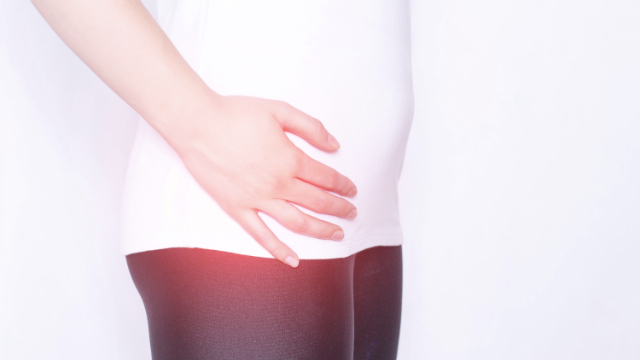
The hip is a resilient joint that can sustain repeated strain and a significant amount of wear and tear. This durability is due to the jointâs complex and multifaceted anatomy, which includes a robust architecture that is built for stability. The hip is also incredibly flexible, allowing for a massive range of motion that is second only to the shoulder in this capacity.
But despite these strengths, the hip also has a concrete set of limits, just like every other joint in the body. Regularly participating in activities that engage the hip, not taking enough time to recover after exercise, and aging all take a toll on the joint. And over time, the sum of these factors can often result in an injury or lasting pain.
Many conditions can negatively affect the functioning of the hip and complicate the daily life of sufferers as a result. After hip pain develops, movement can become a taxing affair. Standing up from a chair, getting into a car, and walking even short distances may be met with intense strain and discomfort. As a result, some individuals will become less active to avoid this pain, even though inactivity can lead to worse outcomes in the long run.
Common hip conditions versus red flags
When hip pain occurs, a targeted intervention will be needed to address a patientâs deficits and help them regain functional abilities. Physical therapy is often the best option available for most of these cases because it not only reduces pain levels, but also teaches patients to overcome their limitations independently by moving better and more efficiently. Physical therapy is also appropriate for patients of all ages and for most conditions that produce hip pain, with a few exceptions. To help you determine if physical therapy is right for you, here are five of the most common hip conditions that physical therapists treat, followed by some red flags, which usually suggest a more serious problem is present that requires the care of another health professional:
5 common hip conditions seen by physical therapists
- Femoroacetabular impingement
- Arises when small bony projections (bone spurs) develop along either the femur (upper leg bone) or acetabulum (socket of hip), causing these bones to rub against each other directly without protection
- Over time, the resulting friction between these two bones can damage the hip joint
- Symptoms include pain or stiffness in the groin or outside the hip, which grows worse with turning, twisting, or squatting motions
- Labral tear
- A rip in the labrum, which covers the acetabulum and secures the head of the femur in place
- The labrum can be torn by sudden trauma or repetitive motion and overuse in sports like hockey, golf, and soccer, ageârelated changes, structural problems, or some combination of these factors
- Femoroacetabular impingement can also damage the labrum and lead to a tear over time
- Symptoms are similar to those of femoroacetabular impingement, including pain or stiffness, pain in the buttocks area, a clicking or locking sound in the hip, and instability
- Arthritis
- Rheumatoid arthritis and osteoarthritis are among the most common causes of hip pain
- While the course of both conditions is slightly different, both involve the wearing away of the cartilage that surrounds the ends of bones in the hip joint, resulting in less protection and eventually friction between them as it progresses
- In osteoarthritis, this wearing process is due to ageârelated changes, while rheumatoid arthritis is an autoimmune condition in which the body mistakenly attacks the jointâs cartilage
- Symptoms include pain, swelling, tenderness, and stiffness, and a general inability to move the hip and perform routine hipârelated activities
- Hip bursitis
- Each hip joint contains two bursae (singular bursa), which are fluidâfilled sacs that ease friction between the bones, muscles, and tendons that comprise it
- Bursitis is the inflammation of a bursa, which typically results from repeated overuse or strain of the hip
- The primary symptom is a dull, burning pain on the outer hip thatâs made worse with excessive walking or climbing stairs
- Hip tendinitis
- Inflammation of any of the tendons that flex the hips
- Usually caused by repetitive strain and overuse, often from sports or other forms of physical activity
- Symptoms include pain that develops gradually over time, tenderness, and stiffness in the morning or after long periods of rest
Red flags
- History of a severe fall
- Suspected hip fracture
- Signs of infection (eg, pus or fluid, redness, fever, blisters, worsening swelling)
- Known or suspected cancer (eg, significant bone pain, which may suggest a bone tumor)
- Extreme bruising, swelling, or throbbing pain
- Persistent swelling and pain without any recent injury
- Severe muscle spasm
- Inability to place any pressure on the leg of the injured hip
If you notice any of these red flags, see your primary care physician as soon as possible orâfor severe injuriesâgo to the emergency department or urgent care clinic immediately. But in the absence of any red flags, we strongly recommend seeing a physical therapist for your hip pain as soon as possible to get started on a comprehensive treatment program that will help you regain your abilities.
